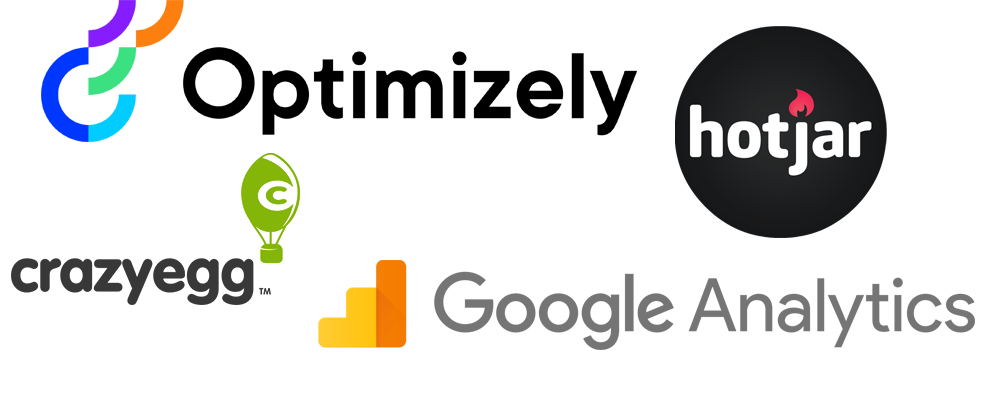The Ultimate Guide to Data Driven UX: Metrics That Matter
Data driven UX is no longer a luxury; it’s a necessity. In today’s competitive landscape, understanding user behavior and leveraging data to inform design decisions is paramount. This guide will walk you through the key metrics, strategies, and tools you need to transform your UX design approach.
Why Data Driven UX Matters
- Better User Experience: Data provides insights into what users need and expect.
- Informed Decisions: Reduce guesswork and rely on concrete evidence.
- Improved ROI: Optimize designs to boost conversions and engagement.
Understanding User Behavior
Collecting data is only the first step. Analyzing this data correctly offers a competitive advantage.

Key Metrics for Data-Driven UX
Understanding which metrics to monitor is critical for the success of data driven UX design. Here are some metrics to consider.
- Task Success Rate: Measures the percentage of users who successfully complete a specific task.
- Time on Task: Tracks the time users take to complete a task.
- Navigation Patterns: Observe navigation paths to identify areas of friction or confusion. Use tools like Google Analytics to monitor these patterns.
- Conversion Rates: Monitors the percentage of users who complete a desired action, such as making a purchase or signing up for a newsletter. This directly ties into business ROI, as discussed by Forrester Research.
Tools for Collecting and Analyzing Data
To effectively implement data-driven UX, you’ll need the right tools:
- Google Analytics: A powerful tool for tracking website traffic and user behavior.
- Hotjar: Provides heatmaps, session recordings, and feedback tools to understand how users interact with your site.
- Crazy Egg: Heatmaps to see where users click, scroll, and pay attention.
- Optimizely: A leading A/B testing platform for optimizing user experiences.

Implementing Data-Driven UX
Implementing data driven UX requires the correct strategy, here are tips to consider.
- Define Clear Goals: Determine what you want to achieve with your UX improvements. For example, increasing conversion rates or reducing bounce rates.
- Gather Data: Use analytics tools to collect data on user behavior, such as page views, bounce rates, and conversion rates.
- Analyze Data: Analyze the data to identify trends, patterns, and areas for improvement.
- Test and Iterate: Implement design changes based on your analysis and test them using A/B testing.
- Monitor Results: Track the results of your changes and make adjustments as needed.
A/B Testing for UX: How to Run Effective Experiments
A/B testing is crucial to a data-driven UX strategy. By comparing two versions of a design element, you can determine which performs better.
- Define Hypothesis: Create a clear hypothesis of what you expect to happen.
- Create Variations: Design a variation to test against the original.
- Run the Test: Use a platform like Optimizely to run your test and collect data.
- Analyze Results: Determine which variation performed better and implement the winning design.
Common Mistakes to Avoid
- Ignoring Qualitative Data: Quantitative data tells you what is happening, qualitative data tells you why. Combine both for a comprehensive understanding.
- Focusing on Vanity Metrics: Focus on metrics that directly impact business goals, not just numbers that look good.
- Not Testing Enough: Continuous testing and iteration are essential for ongoing improvement.

Case Study: How Data Improved UX and Increased Conversions
UXFocus worked with an educational platform client who was experiencing low conversion rates on their courses. By implementing data-driven UX strategies, we were able to increase their conversion rates by 30%.
- Problem: Low conversion rates on product pages.
- Solution: Conducted user research to identify pain points, analyzed user behavior using heatmaps and session recordings, and implemented A/B testing to optimize product page design.
- Results: Increased conversion rates by 30% and improved user satisfaction.
Resources and Further Reading
Conclusion
Data-driven UX is a powerful approach to design that leverages data to inform decisions, improve user experiences, and achieve business goals. By understanding the key metrics, using the right tools, and following best practices, you can transform your UX design process and create products that users love.

Ready to transform your UX with data? Contact UXFocus today for a consultation and learn how we can help you achieve your business goals.
